Dedicado a los finos amantes de las bellas artes y el estilo exquisito del buen comer.
145 posts
Latest Posts by teddyglez1976 - Page 2
.












hot chocolate anyone? 🍫☕️❄️
(recipes 1, 2, 3, 4, 5, 6, 7, 8, 9, 10)

credit

The Education of Love. Paolo de Matteis. Italian 1662-1728. oil/canvas. http://hadrian6.tumblr.com

Prometheus Being Chained by Vulcan by Dirck van Baburen, 1623, Museum of the Netherlands
Prometheus stole fire from the gods and gave it to mankind. As punishment, Vulcan chained him to a rock, where an eagle pecked out his liver causing him excruciating pain. Here we see Prometheus being chained, his face contorted with fear, while Mercury laughs at him. Van Baburen borrowed the dramatic illumination and the figure’s sunburned hands and faces from his great model Caravaggio.
https://www.rijksmuseum.nl/nl/collectie/SK-A-1606
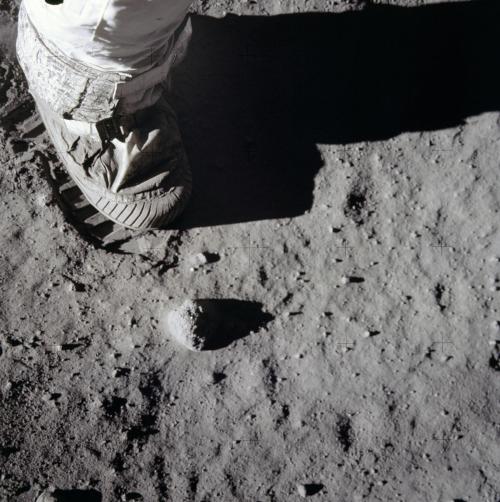
July 20, 1969: People around the world tune their radios and television sets to watch humans step foot on the Moon for the first time.
Gather ‘round with us today and experience history as it unfolded 50 years ago.
Watch NASA TV at 4 p.m. EDT as we replay the original live broadcast of the Apollo 11 Moon landing.
Then, at 10 p.m. EDT, watch the replay of the original live broadcast of the first steps on the Moon, as the world watched it in 1969:
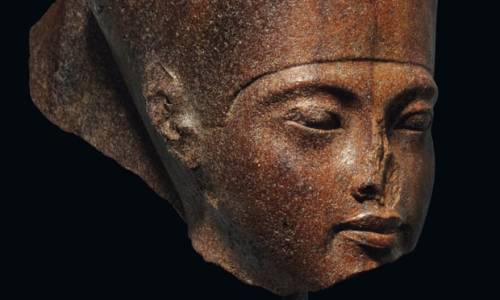
Bust of Tutankhamun sold at auction for £4.7m despite Egypt protests
A brown quartzite head of young king Tutankhamun has sold at auction in London for more than £4.7m despite Egyptian demands for its return. The ‘rare and beautiful’ 3,000-year-old sculpture goes under the hammer in defiance of claims it was stolen.
The more than 3,000-year-old sculpture, displayed at Christie’s London auction house, shows the boy king taking the form of the ancient Egyptian god Amen.
An unnamed buyer bought the head for £4,746,250 ($5.97m), including commission and in line with the estimated price before the sale, Christie’s said.
The 28.5cm (11.22in) high piece, with damage only to the ears and nose, was sold from the private Resandro collection of Egyptian art. Read more.
![[ Rilakkuma To Kaoru-san ]](https://64.media.tumblr.com/2d9272baa7f7b3bb4cfa0a4c7789fafc/tumblr_psxfaaPdLt1uxf91ko1_r1_500.gif)
[ Rilakkuma to Kaoru-san ]










Él es la felicidad!





Rilakkuma and Kaoru


Details from Venus and Her Satellites, 1835.
William Etty (British, 1787-1849)
Oil on panel
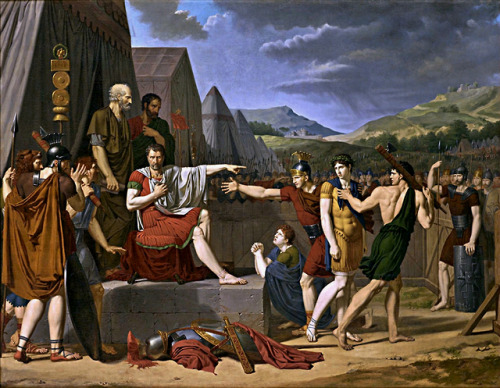
Manlius Torquatus Sentences His Son to Death. 1799. Auguste Alphonse Gaudar de la Verdine. French 1780-1804. oil/canvas. winner Prix de Rome 1799. http://hadrian6.tumblr.com

Mythological Scene - River God. 1816. Francesco Hayez. Italian 1791-1882. fresco. http://hadrian6.tumblr.com

hello september

Summer Solitude, Deborah Bays.

New Deals on PANDORA MOM Bracelet Gift Set - 7.5inches
http://bit.ly/braceletcharms


Qué placer leer meciéndose en el agua! (ilustración de Leandro Lamas)
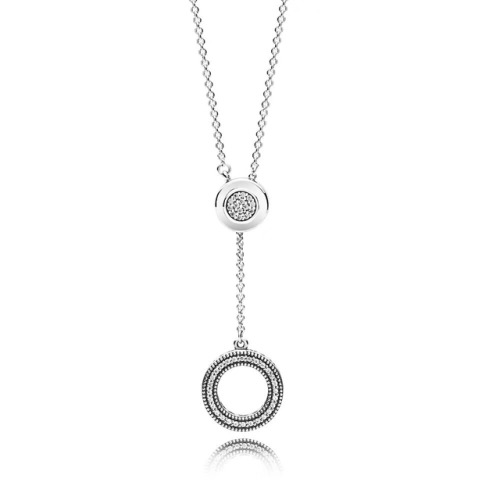
Pandora mom bracelet
http://bit.ly/braceletcharms

Didon Brought to the Underworld. 19th.century. Georges Moreau de Tours. French 1848-1901. oil/canvas. http://hadrian6.tumblr.com
Hermoso:
“Suddenly he was inside the radius of her perfume and kissing her breathlessly.”
One Year Into Our Planet-Hunting TESS Mission

Our Transiting Exoplanet Survey Satellite (TESS), launched last year on April 18, is completing a year in space, surveying the skies to find the closest, most exciting planets outside our solar system for further study. Worlds that TESS is hunting for include super-Earths, rocky planets, gas giants, and maybe even some Earth-sized planets — and much, much more! TESS is scanning the whole sky one section at a time, monitoring the brightness of stars for periodic dips caused by planets transiting (that is, passing in front of) those stars. So far, TESS has found 482 candidates and 10 confirmed exoplanets.

Since its launch, TESS has orbited Earth a total of 28 times. TESS has a unique elliptical orbit that circuits around Earth twice every time the Moon orbits. This allows TESS’s cameras to monitor each patch of sky continuously for nearly a month at a time. To get into this special orbit, TESS made a series of loops culminating in a lunar gravitational assist, which gave it the final push it needed.

Did you know that TESS has some serious mileage? The spacecraft has traveled about 20 million miles so far, which works out to an average of about 2,200 miles per hour. That’s faster than any roadrunner we’ve ever seen! This would be four times faster than an average jet. You’d get to your destination in no time!

TESS downloads data during its closest approach to Earth about every two weeks. So far, it has returned 12,000 gigabytes of data. That’s as if you streamed about 3,000 movies on Netflix. Get the popcorn ready! If you total all the pixels from every image taken using all four of the TESS cameras — which is about 600 full-frame images per orbit, you’d get about 805 billion pixels. This is like half a million iPhone screens put together!

When the Kepler Space Telescope reached the end of its mission, it passed the planet-finding torch to TESS. Where Kepler’s view was deep — looking for planets as far away as 3,000 light-years — TESS’s view is wide, surveying nearly the entire sky over two years. Each sector TESS views is 20 times larger than Kepler’s field of view.

TESS will continue to survey the sky and is expected to find about 20,000 exoplanets in the two years it’ll take to complete a scan of nearly the entire sky. Before TESS, several thousand candidate exoplanets were found, and more than 3,000 of these were confirmed. Some of these exoplanets are expected to range from small, rocky worlds to giant planets, showcasing the diversity of planets in the galaxy.
The TESS mission is led by MIT and came together with the help of many different partners. You can keep up with the latest from the TESS mission by following mission updates and keep track of the number of candidates and confirmed exoplanets.
Make sure to follow us on Tumblr for your regular dose of space: http://nasa.tumblr.com.
😢😢😢😢😢😢


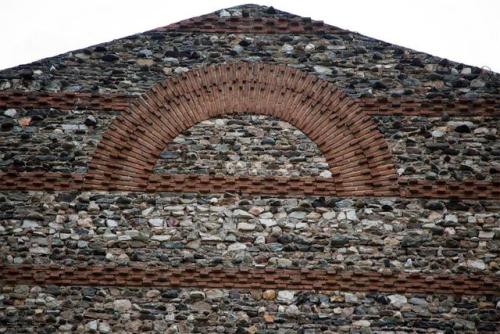
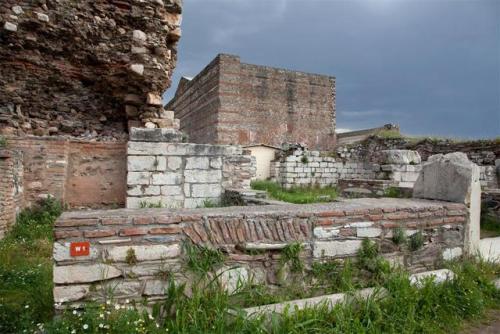
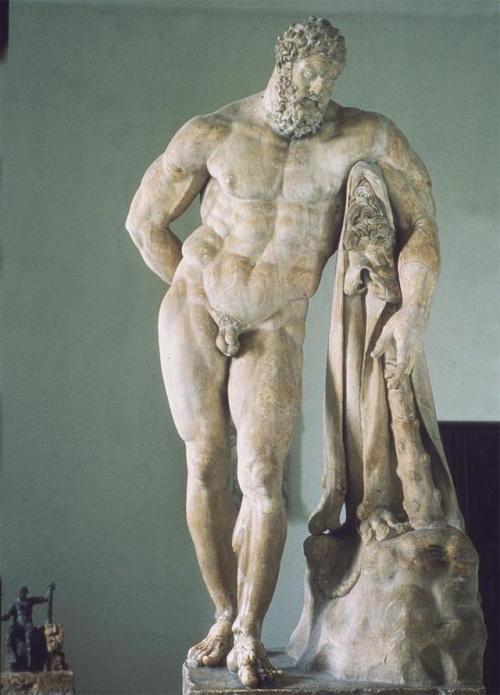
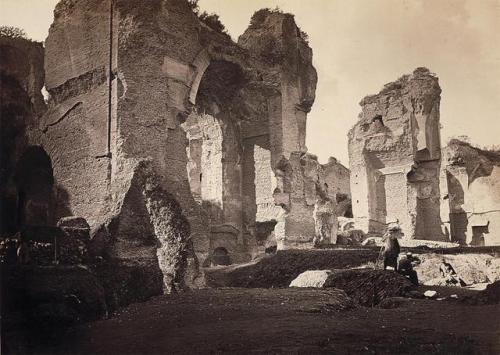
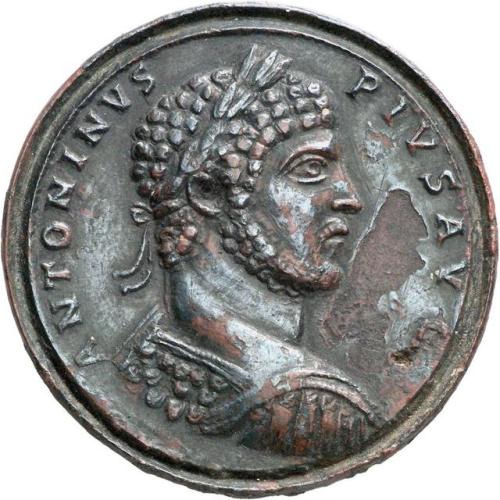
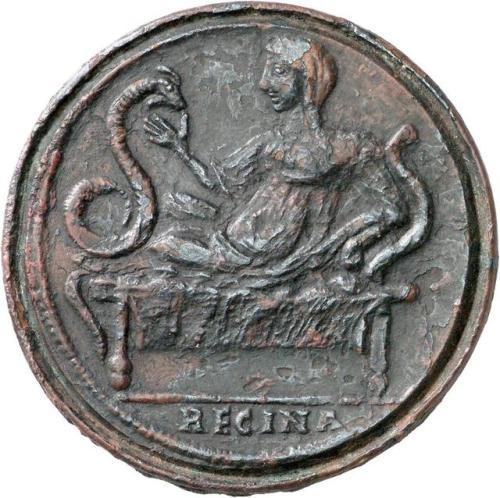

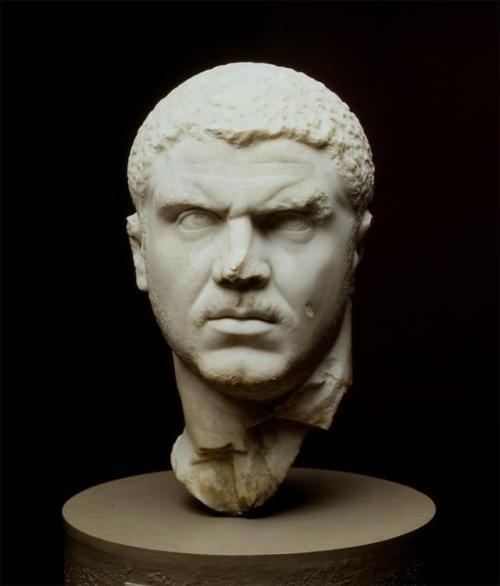
By Jean Marie Carey
Caracalla (born Marcus Aurelius Antoninus in 188), was assassinated on 8 April 217, after nearly 20 years as one of the most reviled Roman emperors. Caracalla had a career of drastic purges and murders, having his numerous real and perceived enemies executed, including his brother Geta in 211. To placate Roman soldiers, he doubled the inheritance tax paid only by citizens.
In 213 he fought the Alamanni and became Germanicus Maximus. Obsessed by Alexander the Great, he raised a Macedonian phalanx and went east in his footsteps, through Asia and Syria to Alexandria, where large numbers who had mocked him were killed. When his offer to marry a Parthian princess was rejected, he attacked Media. While preparing a further campaign he was murdered near Carrhae.
Caracalla oversaw numerous aggrandizing projects. Geta and Caracalla commissioned the construction of the Gymnasium Complex in Sardis, Turkey, which was in use until and through the early Byzantine period. The gymnasium was a huge construction located next to the synagogue in Sardis. The large area adjoining the synagogue on the north was the gymnasium’s palaestra. The eastern facade of the baths was restored between 1964 and 1973.
Caracalla had an equally sumptuous thermae built in Rome, decorated with original Greek sculptures, ornaments, and architectural elements. Because of his notoriety, the emperor was a popular subject, despite a decree of damnatio memoriae, for contemporary and also later artists. Coins bearing his likeness are highly collectible.
Reference: Anthony R. Birley. “Aurelius (RE 46) Antoninus (1), Marcus.” In The Oxford Classical Dictionary.: Oxford University Press, 2012. http://www.oxfordreference.com/view/10.1093/acref/9780199545568.001.0001/acref-9780199545568-e-986.
Gymnasium Complex, ca. 161-211; ruined circa 7th century; baths restored 1964-1973. Sardis, Turkey. Nr.s R50630177and R50630430. Shmuel Magal, Sites and Photos.
Herakles Farnese, Roman copy of a Greek original 330-320 BCE. Recovered from Baths of Caracalla, Rome, now in Museo nazionale di Napoli
Gioacchino Altobelli, Ruins of the Thermae of Caracalla, albumen print photographs, ca. 1865. George Eastman House, Rochester, New York.
Denarius with Caracalla (Spätrömischer Kontorniat), ca. 200. Münzkabinett, Staatliche Museen zu Berlin, Nr. 92.073.
Bull rhyton (black steatite; wooden horns originally gilded) from Crete: Second Palace Period. ca. 1400 BCE. From the Roman Baths of Caracalla. The Archive for Research on Archetypal Symbolism, Nr. 18082.
Portrait head of the Emperor Marcus Aurelius Antoninus (called Caracalla), ca. 230. The Metropolitan Museum of Art. Nr. 40.11.1a.
Further Reading: Janet DeLaine. The Baths Of Caracalla: A Study In The Design, Construction, and Economics of Large-Scale Building Projects In Imperial Rome. Portsmouth, Rhode Island: Journal of Roman Archaeology, 1997.
Clare Rowan. Under Divine Auspices: Divine Ideology and the Visualisation Of Imperial Power In The Severan Period. Cambridge: Cambridge University Press, 2012.
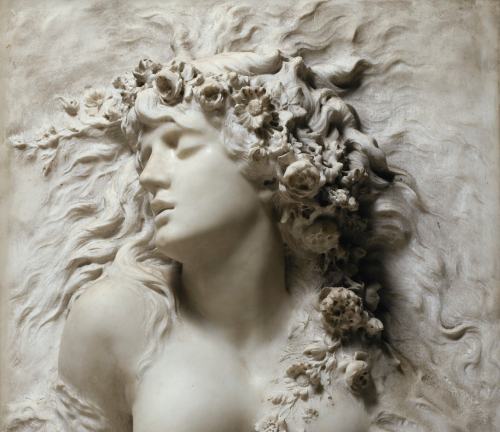
Ophelia, 1880, by Sarah Bernhardt (1844-1923)
Mars in a Box: How a Metal Chamber on Earth Helps us do Experiments on Mars

Inside this metal box, it’s punishingly cold. The air is unbreathable. The pressure is so low, you’d inflate like a balloon. This metal chamber is essentially Mars in a box — or a near-perfect replica of the Martian environment. This box allows scientists to practice chemistry experiments on Earth before programming NASA’s Curiosity rover to carry them out on Mars. In some cases, scientists use this chamber to duplicate experiments from Mars to better understand the results. This is what’s happening today.
The ladder is set so an engineer can climb to the top of the chamber to drop in a pinch of lab-made Martian rock. A team of scientists is trying to duplicate one of Curiosity’s first experiments to settle some open questions about the origin of certain organic compounds the rover found in Gale Crater on Mars. Today’s sample will be dropped for chemical analysis into a tiny lab inside the chamber known as SAM, which stands for Sample Analysis at Mars. Another SAM lab is on Mars, inside the belly of Curiosity. The SAM lab analyzes rock and soil samples in search of organic matter, which on Earth is usually associated with life. Mars-in-a-box is kept at NASA’s Goddard Space Flight Center in Greenbelt, Maryland.

This is Goddard engineer Ariel Siguelnitzky. He is showing how far he has to drop the sample, from the top of the test chamber to the sample collection cup, a small capsule about half an inch (1 centimeter) tall (pictured right below). On Mars, there are no engineers like Siguelnitzky, so Curiosity’s arm drops soil and rock powder through small funnels on its deck. In the photo, Siguelnitzky’s right hand is pointing to a model of the tiny lab, which is about the size of a microwave. SAM will heat the soil to 1,800 degrees Fahrenheit (1,000 degrees Celsius) to extract the gases inside and reveal the chemical elements the soil is made of. It takes about 30 minutes for the oven to reach that super high temperature.

Each new sample is dropped into one of the white cups set into a carousel inside SAM. There are 74 tiny cups. Inside Curiosity’s SAM lab, the cups are made of quartz glass or metal. After a cup is filled, it’s lifted into an oven inside SAM for heating and analysis.

Amy McAdam, a NASA Goddard geochemist, hands Siguelnitzky the sample. Members of the SAM team made it in the lab using Earthly ingredients that duplicate Martian rock powder. The powder is wrapped in a nickel capsule (see photo below) to protect the sample cups so they can be reused many times. On Mars, there’s no nickel capsule around the sample, which means the sample cups there can’t be reused very much.

SAM needs as little as 45 milligrams of soil or rock powder to reveal the secrets locked in minerals and organic matter on the surface of Mars and in its atmosphere. That’s smaller than a baby aspirin!
Siguelnitzky has pressurized the chamber – raised the air pressure to match that of Earth – in order to open the hatch on top of the Mars box.

Now, he will carefully insert the sample into SAM through one of the two small openings below the hatch. They’re about 1.5 inches (3.8 centimeters) across, the same as on Curiosity. Siguelnitzky will use a special tool to carefully insert the sample capsule about two feet down to the sample cup in the carousel.

Sample drop.

NASA Goddard scientist Samuel Teinturier is reviewing the chemical data, shown in the graphs, coming in from SAM inside Mars-in-a-box. He’s looking to see if the lab-made rock powder shows similar chemical signals to those seen during an earlier experiment on Mars.
Make sure to follow us on Tumblr for your regular dose of space: http://nasa.tumblr.com

Antonio Garduno. The painter and model Nahui Olin (Carmen Mondragon) 1920s
See also
Demo-1: What’s the Deal?
Whether or not you caught the SpaceX Crew Dragon launch this past weekend, here’s your chance to learn why this mission, known as Demo-1, is such a big deal.
The First of its Kind
Demo-1 is the first flight test of an American spacecraft designed for humans built and operated by a commercial company.
Liftoff

The SpaceX Crew Dragon lifted off at 2:49 a.m. EST Saturday, March 2, on the company’s Falcon 9 rocket from Kennedy Space Center.
This was the first time in history a commercially-built American crew spacecraft and rocket launched from American soil.
Docking the Dragon

After making 18 orbits of Earth, the Crew Dragon spacecraft successfully attached to the International Space Station’s Harmony module at 5:51 a.m. EST Sunday, March 3. The Crew Dragon used the station’s new international docking adapter for the first time since astronauts installed it in August 2016.
The docking phase, in addition to the return and recovery of Crew Dragon, are critical to understanding the system’s ability to support crew flights.
A New Era in Human Spaceflight
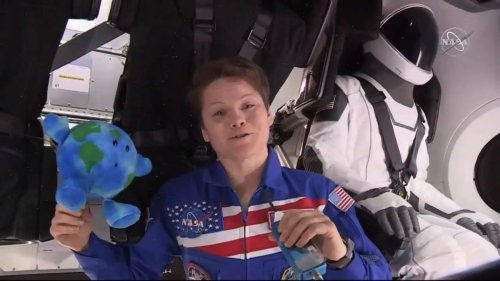
Although the test is uncrewed, that doesn’t mean the Crew Dragon is empty. Along for the ride was Ripley, a lifelike test device outfitted with sensors to provide data about potential effects on future astronauts. (There is also a plush Earth doll strapped inside that can float in the microgravity!)
Astronauts on the International Space Station welcomed the Crew Dragon spacecraft in a ceremony onboard. NASA Astronaut Anne McClain from inside Crew Dragon said, “Welcome to a new era in human spaceflight.”
Inside the Dragon
For future operational missions, Crew Dragon will be able to launch as many as four crew members and carry more than 220 pounds of cargo. This will increase the number of astronauts who are able to live onboard the station, which will create more time for research in the unique microgravity environment.
SpaceX and NASA

Elon Musk, CEO and lead designer at SpaceX, expressed appreciation for NASA’s support: “SpaceX would not be here without NASA, without the incredible work that was done before SpaceX even started and without the support after SpaceX did start.”
Preparation for Demo-2

NASA and SpaceX will use data from Demo-1 to further prepare for Demo-2, the crewed flight test that will carry NASA astronauts and Doug Hurley and Bob Behnken to the International Space Station. NASA will validate the performance of SpaceX’s systems before putting crew on board for the Demo-2 flight, currently targeted for July 2019.
Undocking

The Crew Dragon is designed to stay docked to station for up to 210 days, although the spacecraft used for this flight test will remain docked to the space station for only five days, departing Friday, March 8. (We will be providing live coverage — don’t miss it!)
Demo-1: So What?

Demo-1 is a big deal because it demonstrates NASA and commercial companies working together to advance future space exploration! With Demo-1’s success, NASA and SpaceX will begin to prepare to safely fly astronauts to the orbital laboratory.
Follow along with mission updates with the Space Station blog.
Make sure to follow us on Tumblr for your regular dose of space: http://nasa.tumblr.com